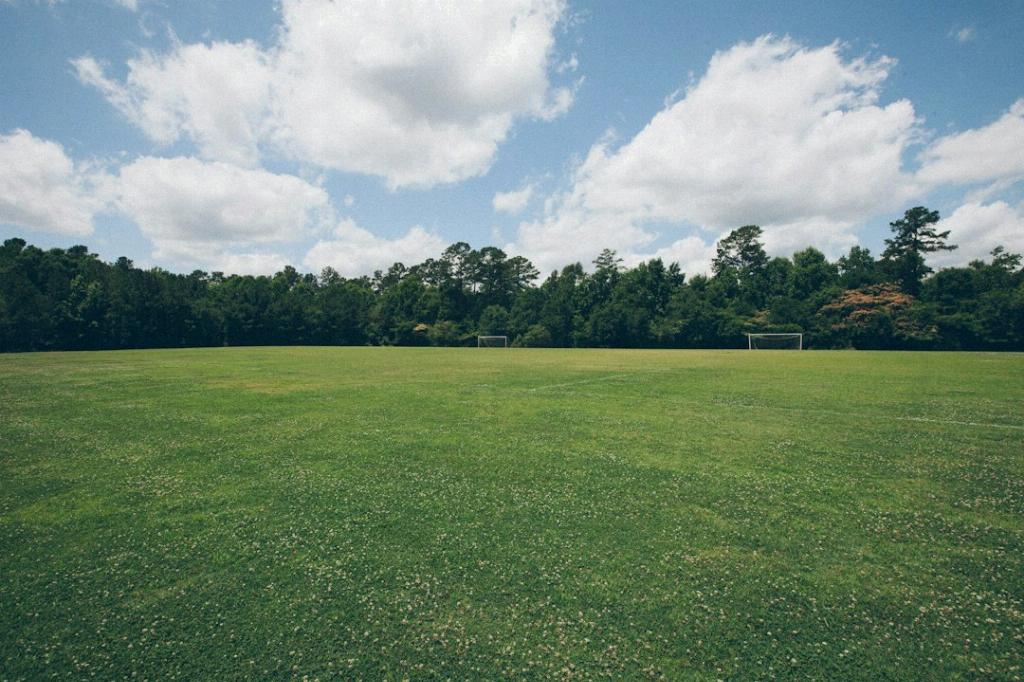When it comes to keeping your lawn healthy and vibrant, one key factor to consider is the amount of water it receives each week. The general rule of thumb is that your lawn needs about 1 to 1.5 inches of water per week to thrive. However, several factors can influence this recommendation, such as the type of grass you have, the climate in your region, the type of soil in your yard, and the age of your lawn.
If you want to ensure that your lawn remains lush and green, it’s essential to understand the specific water requirements of your grass type. Some grass varieties are more drought-tolerant and can thrive with less water, while others may need more frequent watering to stay healthy. By identifying the type of grass in your lawn, you can tailor your watering schedule to meet its unique needs.
Climate also plays a crucial role in determining how much water your lawn needs. If you live in an area with hot, dry summers, your lawn will likely require more frequent watering to prevent it from becoming stressed and turning brown. On the other hand, if you reside in a region with cooler temperatures and higher levels of precipitation, you may not need to water your lawn as often.
The type of soil in your yard can significantly impact how much water your lawn retains. Sandy soils drain water more quickly and may require more frequent watering to ensure the grass receives an adequate amount of moisture. In contrast, clay soils hold onto water for more extended periods, so you may need to adjust your watering schedule accordingly to prevent overwatering and waterlogged roots.
Another factor to consider is the age of your lawn. Newly seeded or sodded lawns typically require more frequent watering to establish strong root systems and promote healthy growth. As your lawn matures, you can gradually adjust your watering schedule to align with its changing needs and promote long-term vitality.
It’s crucial to monitor your lawn’s moisture levels regularly to ensure that it’s receiving the right amount of water each week. One effective way to determine if your lawn needs watering is by conducting a simple “footprint test.” If your grass springs back after walking on it, it’s likely receiving enough water. However, if the blades stay flat, it may be time to water.
When it comes to watering your lawn, it’s essential to do so at the right time of day to maximize its absorption and minimize evaporation. Early morning is typically the best time to water your lawn, as it allows the grass to absorb moisture before the heat of the day sets in. Avoid watering in the evening, as prolonged moisture on the grass can promote diseases.
In addition to the frequency of watering, the duration of each watering session is also crucial. It’s recommended to water your lawn deeply but infrequently to encourage deep root growth and drought tolerance. Aim for longer watering sessions that penetrate the soil to a depth of 6-8 inches to promote healthy and resilient grass.
Proper lawn maintenance practices, such as mowing at the correct height and fertilizing appropriately, can also impact your lawn’s water needs. By implementing a well-rounded lawn care routine and paying attention to its specific requirements, you can ensure that your grass remains healthy, lush, and vibrant throughout the growing season.
In conclusion, the amount of water your lawn needs per week can vary based on several factors, including grass type, climate, soil composition, and lawn age. By understanding these variables and adjusting your watering schedule accordingly, you can promote a thriving and beautiful lawn that enhances the overall aesthetics of your outdoor space.

